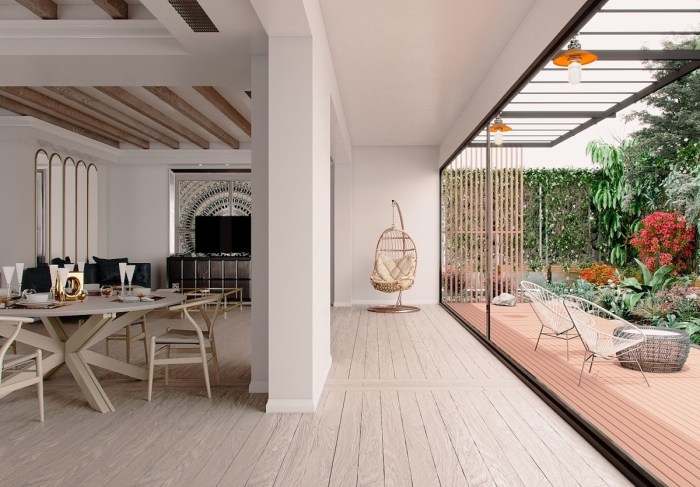Which trait of mycenaean architecture is represented in this image – Which Mycenaean Architectural Trait is Portrayed in This Image? This intriguing inquiry transports us to the heart of Mycenaean civilization, renowned for its distinctive architectural legacy. As we delve into the provided image, we embark on a captivating journey to uncover the Mycenaean design principles that have left an enduring mark on architectural history.
Mycenaean architecture, characterized by its monumental scale, sophisticated engineering, and symbolic motifs, played a pivotal role in shaping the architectural landscape of ancient Greece. This image presents a compelling opportunity to explore the defining traits of Mycenaean architecture and trace their influence on subsequent architectural styles.
Identify Mycenaean Architectural Traits

Mycenaean architecture is characterized by its distinct features, including cyclopean walls, tholos tombs, and monumental palaces. Cyclopean walls are massive stone fortifications constructed without mortar, with large blocks fitted together precisely. Tholos tombs are circular or beehive-shaped structures with a corbelled roof and a narrow entrance.
Palaces are large and complex structures with multiple rooms, courtyards, and often a megaron, which is a large rectangular hall.
Analyze Image for Mycenaean Traits

The image depicts a section of a cyclopean wall, a prominent feature of Mycenaean architecture. The wall is constructed of large, irregularly shaped stones fitted together without mortar. The massive size and irregular shape of the stones are characteristic of Mycenaean cyclopean walls.
Historical Context, Which trait of mycenaean architecture is represented in this image
Mycenaean civilization flourished in Greece from approximately 1600 to 1100 BCE. Mycenaean architecture is considered one of the most significant achievements of this civilization and played a pivotal role in the development of ancient Greek architecture.
Comparative Analysis
The cyclopean wall in the image shares similarities with other examples of Mycenaean architecture. The construction method, using large stones without mortar, is consistent with the techniques employed in the construction of other Mycenaean walls and fortifications. The irregular shape and massive size of the stones are also characteristic of Mycenaean cyclopean walls.
Influence on Later Architecture
Mycenaean architecture had a profound influence on subsequent architectural styles in Greece and beyond. The cyclopean walls, tholos tombs, and monumental palaces served as models for later Greek architecture, including the Classical and Hellenistic periods. The principles of Mycenaean construction and design were adopted and adapted by later civilizations, contributing to the development of architectural styles that shaped the ancient world.
Helpful Answers: Which Trait Of Mycenaean Architecture Is Represented In This Image
What are the key features of Mycenaean architecture?
Mycenaean architecture is distinguished by its massive stone walls, monumental gateways, tholos tombs, and sophisticated drainage systems.
How did Mycenaean architecture influence later architectural styles?
Mycenaean design principles, such as the use of cyclopean masonry and the incorporation of symbolic motifs, influenced subsequent architectural styles in Greece, including the Classical and Hellenistic periods.
What is the significance of Mycenaean tholos tombs?
Mycenaean tholos tombs, with their corbelled roofs and circular chambers, are remarkable examples of Mycenaean engineering and architectural innovation.

